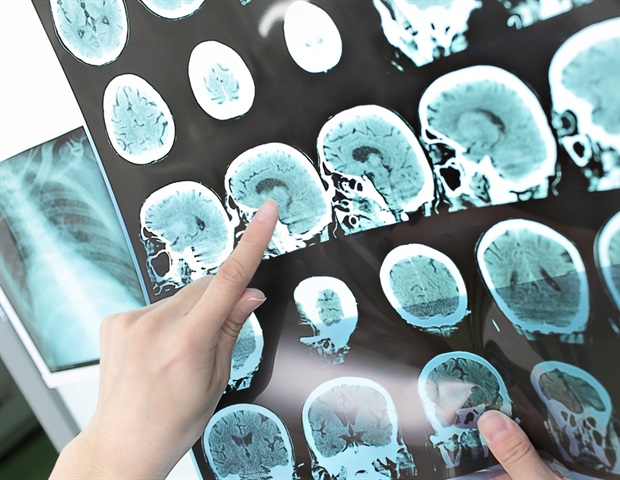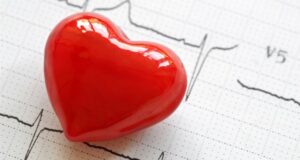
A recent study by Baycrest reveals that an area of the brain distinct from the stroke lesion may play a significant role in causing the life-altering symptoms survivors are often left with, which can include severe challenges with speech, mobility and cognition. These results provide hope that innovative, non-invasive treatments could help improve or even fully reverse post-stroke symptoms.
Strokes (which more than 100,000 Canadians suffer from every year1) leave behind an area where brain cells have died, called a lesion. However, this cannot explain the widespread consequences of stroke, limiting scientists’ and clinicians’ ability to treat them. The study, titled “Secondary thalamic dysfunction underlies abnormal large-scale neural dynamics in chronic stroke,” published recently in the journal Proceedings of the National Academy of Sciences, reveals that degeneration of the thalamus – an area of the brain distinct from the stroke lesion – is a significant contributor to post-stroke symptoms.
This is both good and bad news. The bad news is the impact to the brain caused by stroke is not limited to the lesion seen on a brain scan. The good news is the area that shows abnormal electrical activity outside the lesion might be treatable with innovative new therapies.”
Dr. Jed Meltzer, Baycrest’s Canada Research Chair in Interventional Cognitive Neuroscience and senior author of the study
New targeted treatments, such as brain stimulation and medications, could be designed to prevent or even reverse this degeneration to optimize recovery in stroke survivors.
Main findings:
- Damage to brain tissue near the stroke lesion was not the primary cause of abnormal brain electrical activity.
- Instead, these abnormalities were related to the thalamus, a structure located deep in the brain’s centre that acts like a hub connecting numerous brain areas and activities.
- More than the lesion alone, the amount of degeneration in the thalamus predicted the amount of abnormal brain electrical activity measured using magnetoencephalography (MEG), and the individual’s language and cognitive deficits.
Dr. Meltzer, who is also Senior Scientist at the Rotman Research Institute, part of the Baycrest Academy for Research and Education (BARE), and his team, which includes researchers from Baycrest, the Centre for Addiction and Mental Health (CAMH) and Simon Fraser University, examined the brain’s electrical activity using MEG and brain structure using magnetic resonance imaging (MRI) of 18 individuals living with language deficits as a result of stroke.
This work was supported by the Natural Sciences and Engineering Research Council of Canada (NSERC), the Canadian Partnership for Stroke Recovery, the Canada Research Chairs Program, the Krembil Foundation, the CAMH Discovery Fund, the Labatt Family Network and the University of Toronto EMHSeed program.
Source:
Journal reference:
Johnston, P. R., et al. (2024). Secondary thalamic dysfunction underlies abnormal large-scale neural dynamics in chronic stroke. Proceedings of the National Academy of Sciences. doi.org/10.1073/pnas.2409345121.




